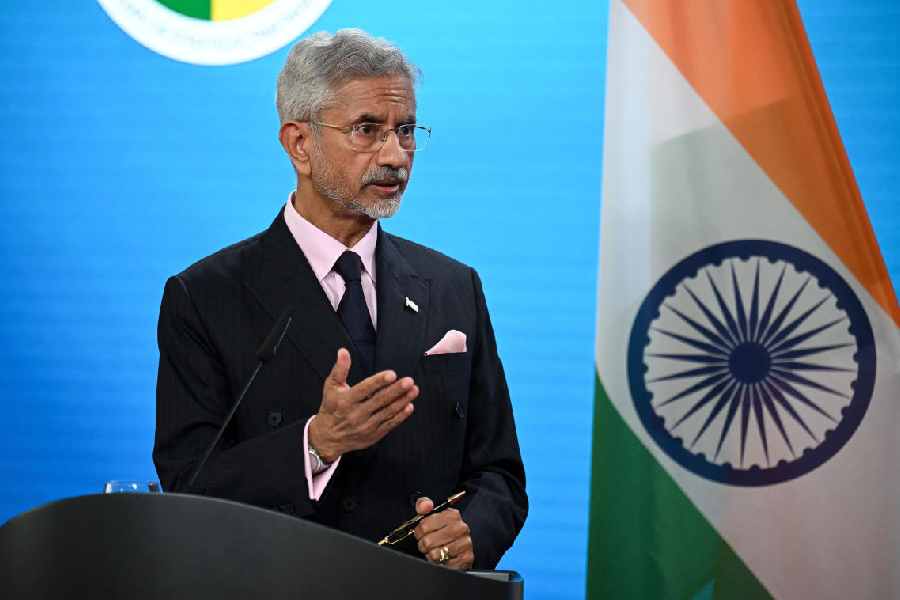 |
Nokia with Windows Phone is a new religion”, or so the company claims. Is that the sound of a new convert chanting loudly about its new beliefs or a company which genuinely believes that the Windows Phone is the future? How better to find out than to test drive the Lumia 800, Nokia’s first and flagship Windows Phone device?
Design-wise, this device is a thing of beauty, borrowing heavily — almost completely — from the design of the ill-fated Nokia N9 which never saw the light of day in India. The curved machined polycarbonate shell and the convex Gorilla glass are some of the best examples of high-quality workmanship I’ve seen on a phone so far. You really can’t tell where the screen ends and the body starts. That said, it’s not without failings — small things like no labelling on the power/standby button (how do you turn this on the first time?) and the fragile plastic flap that covers the microUSB port let the device down a bit. And then there’s the non-removable battery and lack of memory expansion. While these are common to all Windows Phone devices, it just feels odd on a Nokia device.
As a Windows Phone 7.5 device, Lumia 800 performs well, and most standard tasks — email, twitter/Facebook, chat — are built into WP7.5 and can be accomplished without even downloading a single app. Nokia has added in their Drive and Maps apps to bring something unique to what is largely a bog-standard WP experience across vendors.
On the hardware front, the phone’s powered by 1.4 GHz single-core processor, which isn’t going to blaze any trails but is up to the task and doesn’t stutter in everyday use. The 3.7-in ClearBlack AMOLED display is rich and colours are vivid, and the Windows Phone experience really comes alive on this screen. There are quibbles on the hardware end as well — the phone lacks a front-facing camera, and while the 8MP camera is easy to use with the dedicated camera button and excellent WP app, picture quality is middling at best.
As things stand, the Lumia is an excellent phone for smartphone first timers, possibly the best WP7.5 device around at the moment. But for it to challenge iOS and Android, the apps situation needs to be ramped up — and fast! Also, it is currently priced at 420 euros (590 USD) before subsidies and taxes and the India pricing will be announced closer to the date of launch. Bear in mind, with a price point expected to be near the Rs 30,000 mark, it goes head-on with the flagship Androids, and the Nokia name will only take it so far.
• Rating: 8/10
• Price: To be announced
Staying on track
 |
You’ve got to wonder about how long dedicated GPS devices are going to survive — many mobile phones today ship with voice-navigation capabilities, so unless you’re someone who has a lot of travelling to do on a daily basis, a mobile phone would suffice. TomTom, a world leader in GPS systems, recently launched their VIA series of GPS devices in India, and really what sets them apart is the little details.
For example, you can choose to receive voice navigation guidance in a variety of Indian languages, and you can even ask the device to suggest the shortest possible route via the Eco Route feature. Plus, there’s the ability to add bookmarks for frequently visited places, so that you can plot a route to the place in question, no matter where you are. And should the roads change directions or become one-ways (as they are often wont to do in our cities), you can use the supplied USB cable to update the maps on the device. It’s left to be seen how well a niche device like this will do in a country where the average smartphone ships with at least some basic maps facilities.
• Rating: 7/10
• Price: VIA 120 - Rs 17,000; VIA 125 - Rs 19,000
• URL: http://bit.ly/sm5qGg http://bit.ly/sm5qGg
Loud and clear
 |
Bose is betting big on its Bluetooth series of products, first with the launch of the excellent SoundLink wireless speaker, and now with the Bluetooth Headset Series 2 wireless headset. Priced at Rs 8,888, it comes at a premium when compared to regular Bluetooth headsets. Question is, does it justify it?
Made from a combination of matte and glossy black plastic, the Series 2 weighs a little over 13g, and the flexible silicone gel tips ensure easy wearability for the better part of two-three hours. The button layout is standard — volume and call buttons plus a
sliding Power button on the bottom, which sadly is a bit fidgety. One thing you should keep in mind is that unlike a few others, this headset cannot be switched between ears, and you need to decide which (left/right) version you want when buying.
Once paired with the phone, the headset does double duty as wireless headset for your music (which it does an excellent job of, if I might add) and as a hands-free for your mobile. Bose employs a noise-rejecting microphone that filters out the noise around you, allowing the person on the other end of the call to hear more of your voice and less of the hum of traffic or the wind.
It’s not perfect — some wind noise does creep through, and loud traffic noises can’t be cancelled out in any case. but on the whole it does a fine job with making you more audible to the listener. In addition, the headset automatically adjusts the headset volume and mic volume based on the ambient noise levels. So in a loud environment, the volume increases so you can hear your call, and when things quiet down, the volume decreases.
Such features don’t come cheap, though, and the end result is an extremely capable headset let down by premium pricing.
• Rating: 7/10
• Price: Rs 8,888
• URL: http://bit.ly/vbuAZs










